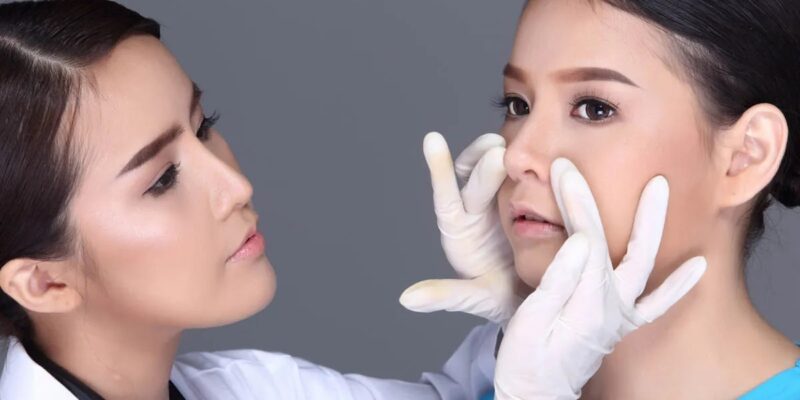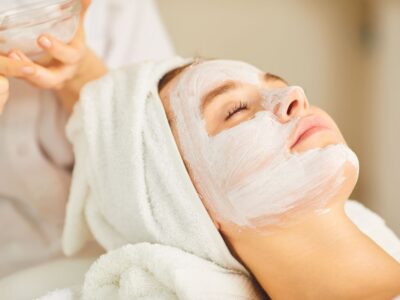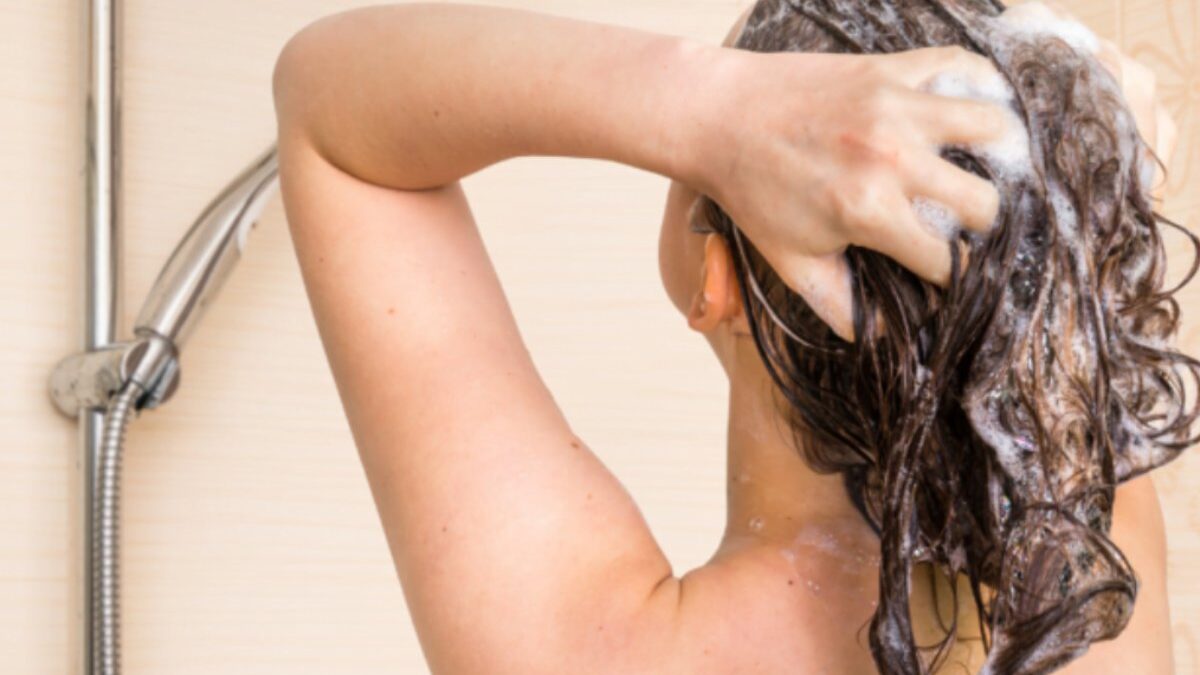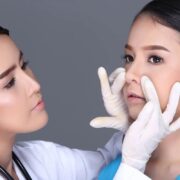
Rhinoplasty — also known as a nose job — is the famous surgical procedure that gives you the facial balance you’ve always craved.
However, this procedure is more than just a cosmetic fix — it’s a path to personal transformation that can improve form and function.
Working with a qualified surgeon can help you understand the various types of rhinoplasty techniques and their objectives, so you can have clarity about having this procedure done.
Here’s a look at what rhinoplasty can do for you.
Open or Closed Rhinoplasty?
There are two primary techniques for rhinoplasty: open and closed. Each technique has its advantages, depending on the specific goals and underlying nasal structure.
- Open Rhinoplasty: This method involves a small incision across the strip of tissue that separates the nostrils. Although it leaves a tiny scar, open rhinoplasty provides greater access to the nasal structure, ensuring optimal results. Over time, the scar will become virtually invisible.
- Closed Rhinoplasty: In this approach, incisions are made inside the nose, eliminating the possibility of visible scarring. However, it offers limited access to the nasal structure, thus, may not be the best choice for complex cases.
During your consultation, your surgeon will determine which technique best suits your needs and nasal condition.
Addressing Different Aspects of the Nose
Rhinoplasty can correct various aspects of the nose, including:
- Nasal Bridge: Issues like a protruding or receding nasal bridge can be addressed by removing cartilage or using an implant to create a better shape.
- Nostrils: Wide or narrow nostrils can be adjusted for a more balanced appearance that complements the new nasal structure.
- Nasal Tip: Rhinoplasty can help refine an overly-projected or bulbous nasal tip to achieve a more balanced and harmonious overall facial appearance.
Rhinoplasty – Beyond Aesthetics
Often, the term “rhinoplasty” is associated with the pursuit of aesthetic perfection. However, its scope goes beyond cosmetic enhancements.
This procedure plays a major role in correcting functional issues, dramatically improving patients’ lives.
Breathing Improvement Through Rhinoplasty
Breathing, a fundamental life process, may be compromised due to irregularities in the nasal structure. Some people may have a deviated nasal septum — an off-center or crooked wall between the two nasal passages — causing difficulties in breathing.
Rhinoplasty allows surgeons to straighten the septum, improving air passage and breathing efficiency.
Alleviating Sleep Apnea and Snoring
Sleep apnea, a serious sleep disorder where breathing repeatedly stops and starts, is often caused by obstructed nasal passages. This disorder, coupled with persistent snoring, can lead to disruptive sleep and potentially serious health consequences.
In such cases, a well-executed rhinoplasty can widen the nasal passages for better flow, helping to mitigate these sleep conditions.
Relief From Chronic Sinusitis
Chronic sinusitis is an uncomfortable condition characterized by inflammation and swelling of the sinus tissue, leading to extended periods of nasal congestion, pain, and, often, infection.
Rhinoplasty, in conjunction with sinus surgery, can reshape and clear the sinus pathways, providing relief from chronic sinusitis symptoms.
Reconstruction After Trauma
Rhinoplasty is a powerful reconstructive tool for people who’ve suffered facial trauma or injuries that have affected the appearance and function of their noses. Whether due to accidents, sports injuries, or other incidents, trauma can cause severe deformities and impair nasal breathing.
The rhinoplasty procedure not only helps individuals regain their pre-injury appearance but also aids in the emotional and psychological healing process.
Frequently Asked Questions
Can I Wear Glasses After Rhinoplasty?
After rhinoplasty, avoid wearing glasses for at least a month post-operation to prevent undue pressure and potential distortion of the reshaped nasal structure. You could use cheek rests or switch to contact lenses during the healing period.
How Much Time Should I Take Off Work After Rhinoplasty?
Depending on the complexity of the procedure and your healing process, most patients feel ready to return to work within one to two weeks post-surgery.
However, it’s advisable to refrain from strenuous physical activities for at least three to four weeks to ensure optimal healing.
Will Rhinoplasty Affect My Sense of Smell?
Some patients experience temporary changes in their sense of smell following rhinoplasty.
However, this typically reduces as the swelling decreases and the healing process progresses. Permanent changes in smell are very rare.
Is There a Non-surgical Option for Rhinoplasty?
Non-surgical rhinoplasty, also known as a “liquid nose job,” uses injectable fillers to temporarily alter the shape of the nose.
This is a good option for those who want to change the appearance of their nose without the commitment or recovery time of surgery, though the results are not permanent.
I’m Not Happy With My Primary Rhinoplasty, Is Revision Rhinoplasty an Option?
Yes, revision rhinoplasty is an option for patients who are not satisfied with their primary rhinoplasty results.
It is recommended to wait at least a year after your initial surgery before considering a revision to allow for complete healing and an accurate assessment of the primary surgery’s outcome.















